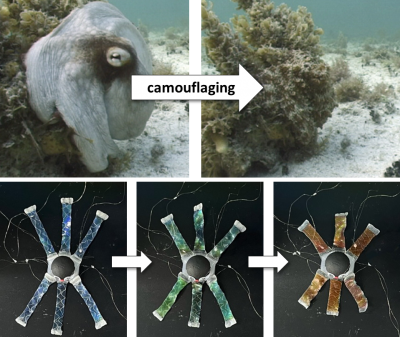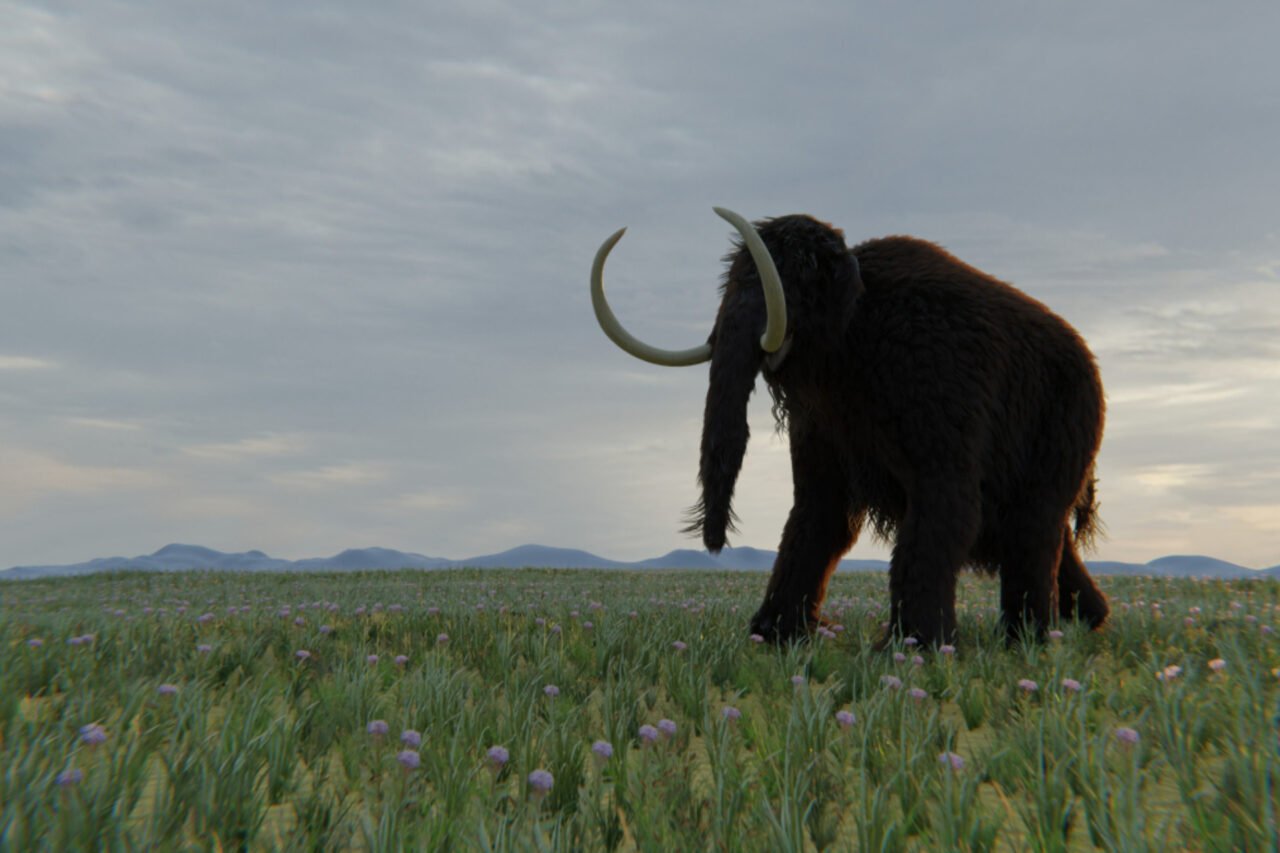Researchers in Canada have made a significant discovery regarding the historical range of woolly mammoths after reexamining a fossilized tooth first found in 1878. This analysis, detailed in a recent study published in Canadian Science Publishing, reclassifies the tooth, previously thought to belong to a Columbian mammoth, as the remains of a woolly mammoth (Mammuthus primigenius). The findings indicate that woolly mammoths roamed farther east in North America than previously understood.
Significance of the Discovery
The tooth, identified as the worn stump of the third left upper molar, was located on an island in Nunavut, a northern territory of Canada. The research team re-evaluated the tooth’s morphology, conducted dating of the fossil, and performed stable isotope analyses to gain insights into the mammoth’s life and environment during its final days.
According to Louis-Philippe Bateman, the lead author and a graduate student at McGill University, the isotopic analysis can be likened to “high-stakes dentistry on precious fossil remains.” This examination revealed that the mammoth primarily consumed typical Ice Age vegetation, including grasses and other plants, despite living during an interglacial period between 130,000 and 100,000 years ago, when the climate was comparable to present-day conditions.
Notably, the isotopic tests also indicated higher nitrogen levels than anticipated, suggesting the mammoth may have experienced malnutrition towards the end of its life. This finding adds a layer of complexity to the understanding of the species’ adaptations and health challenges.
Broader Implications for Research
The research highlights the enduring value of museum collections, emphasizing that specimens preserved for nearly 150 years can still offer critical insights into evolutionary processes and responses to climate change. Bateman noted, “A specimen kept for almost 150 years still has secrets to reveal. Studying them can give us insights into how organisms evolve and respond to climate change.” This perspective reinforces the importance of historical specimens in advancing current scientific knowledge.
As the research opens the door for further exploration, Bateman expressed enthusiasm, stating, “Now that we know woolly mammoths likely ranged here, it’s very tempting to go out and look for some more. They can turn up in the most unexpected of places!”
This rediscovery not only reshapes existing knowledge about the geographical distribution of woolly mammoths but also serves as a reminder of the wealth of information still contained within preserved specimens. As researchers continue to analyze ancient remains, the potential for new discoveries remains vast, contributing to a more nuanced understanding of these iconic creatures.





































































